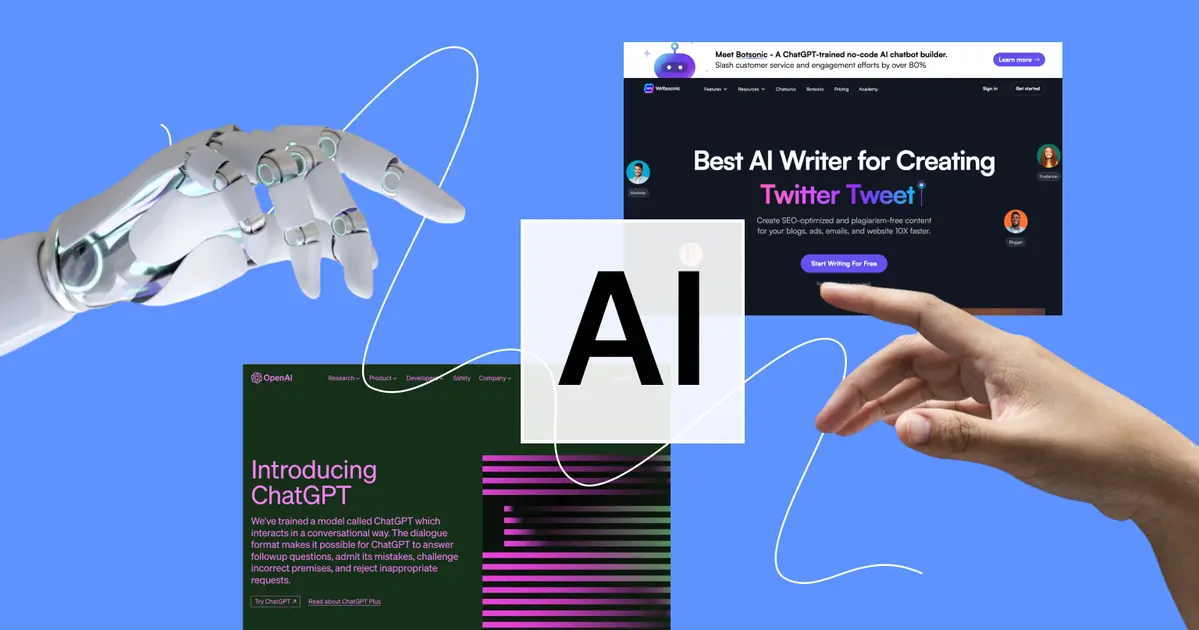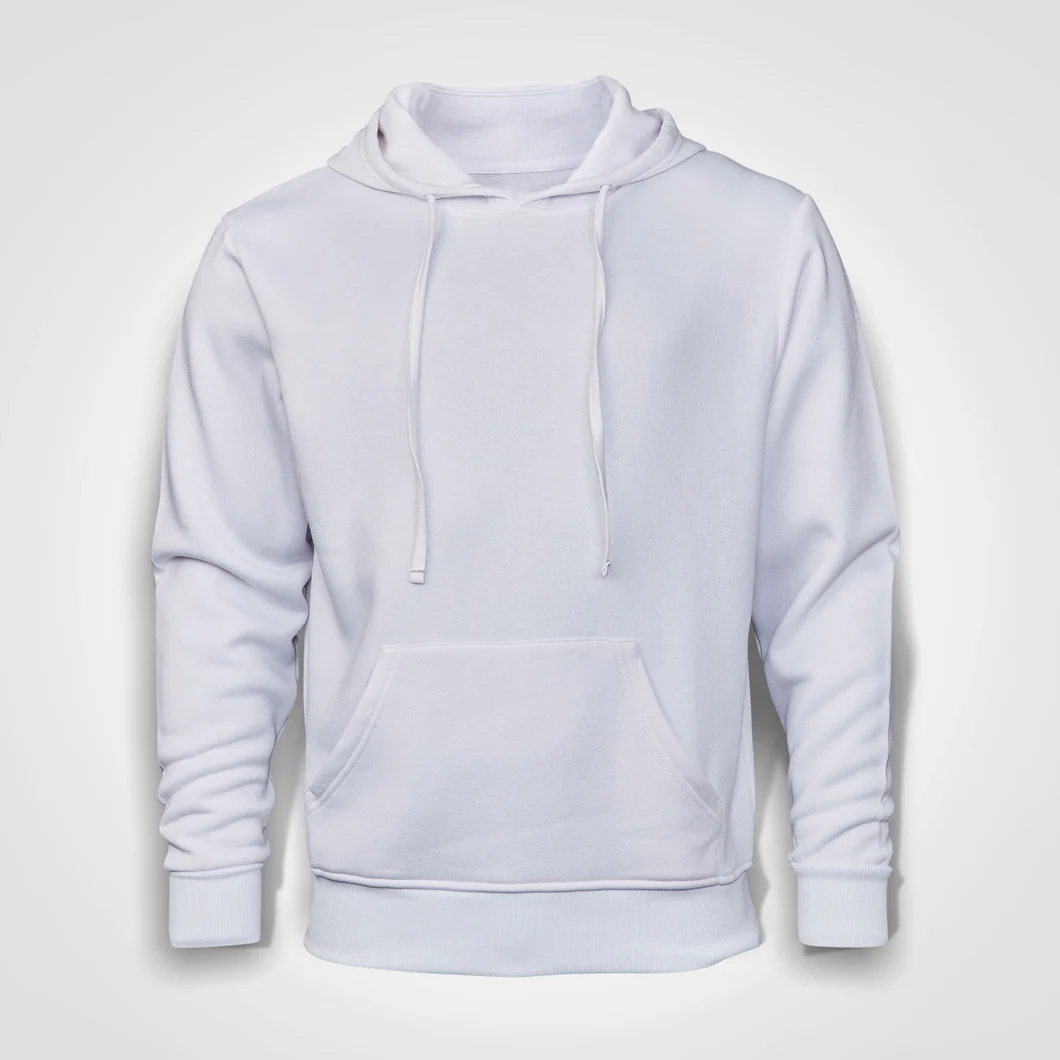Introduction: The Evolution of Storytelling
Visual storytelling has always played a crucial role in how we share ideas, emotions, and experiences. Now, text to image tools are transforming the way we bring those stories to life. These AI-powered systems can convert simple descriptions into striking visuals—changing the rules for creatives, educators, marketers, and storytellers alike. The era of waiting on graphic designers or illustration software is over. With text to image, your words are enough.
What Are Text to Image Tools?
Text to image tools use artificial intelligence and machine learning to generate pictures based on textual prompts. These tools analyze your written content and produce visuals that align with your description, including style, color, composition, and tone. With just a few words, text to image allows users to create original and highly tailored visual content in seconds.
Transforming the Art of Storytelling
From Words to Visuals Instantly
In the past, visual storytelling required a team of illustrators, designers, or extensive stock image libraries. Now, with text to image, stories can be visualized directly from the creator’s imagination without delay. This drastically improves creative freedom, enabling storytellers to experiment more, prototype faster, and produce visually rich narratives with minimal effort.
Personalization at Scale
Text to image tools allow for unique visuals every time. Whether you’re telling a story about space exploration, ancient civilizations, or a futuristic love story, you can generate scenes, characters, and backgrounds that perfectly match your vision. This personalization enhances emotional impact and helps audiences connect with the story more deeply.
Applications Across Industries
Content Creation and Marketing
Marketing teams are using text to image to rapidly produce ad creatives, social media graphics, and blog illustrations. This not only saves time but also fuels innovation by allowing creators to explore dozens of concepts in minutes. Every visual created through text to image can be aligned with campaign goals, target audiences, and brand tone.
Publishing and Media
Publishers can now create illustrations for stories, magazines, and children’s books using text to image tools. This reduces production costs and opens up new possibilities for visual design. Writers and editors can generate image drafts directly from their manuscripts using text to image, enabling smoother editorial processes.
Education and Training
Educators are using text to image to visualize complex topics for better student engagement. Whether it’s a historical scene or a biological process, text to image tools make it easier to explain concepts using relevant and customized visuals.
Enhanced Collaboration in Teams
Teams working on content development, advertising, or digital media can now collaborate better using text to image tools. Everyone from writers and strategists to clients and designers can provide feedback and iterate faster when visuals are generated instantly from text. This makes text to image a catalyst for better communication and efficiency.
Accessibility and Democratization of Design
One of the greatest benefits of text to image technology is how it levels the playing field. You don’t need to be a skilled designer or invest in expensive software to create stunning images. Text to image empowers individuals and small teams to produce visuals previously limited to large-scale creative studios.
Fueling Imagination With AI
AI doesn’t just replicate images—it interprets tone, context, and nuance. When you use text to image, the results often exceed expectations, revealing creative directions you may not have thought of. This makes text to image not just a utility, but a partner in the creative process.
Conclusion
Text to image tools are revolutionizing visual storytelling across industries by removing traditional barriers to creativity and content creation. They offer speed, flexibility, and customization that were once unimaginable. From education to publishing, marketing to media, text to image is enabling new narratives, richer communication, and more engaging experiences.
With text to image, stories no longer live only in your mind—they can come alive on the page with just a few words. It’s time to embrace this powerful transformation and explore how text to image can elevate your storytelling to a whole new level.




